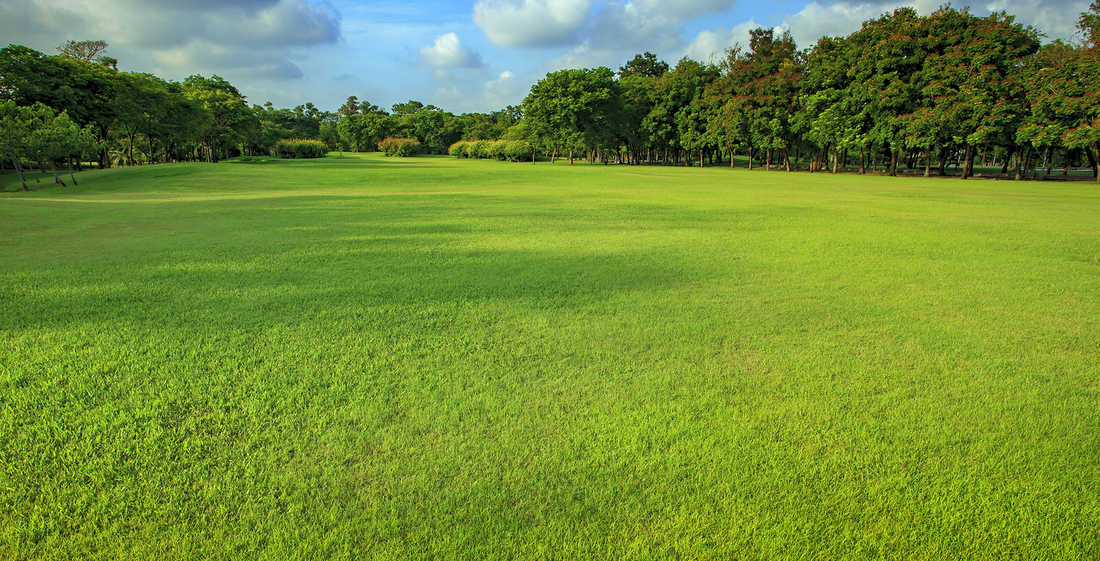
What is killing my lawn?
Share
Is your lawn browning? Crows and foxes digging up your grass?
Your problem may be chafer grubs.
Chafer grubs are the larvae of several species of chafer beetles, which are reddish/brown flying beetles with large distinctive antennae. The adult beetles don’t tend to cause any issues unless there is a severe infestation, in which you may see damage to flowers and plants. The soil-dwelling grubs are curved in a C-shape with a creamy, white body, brown heads and six legs. They feed off plant roots, particularly lawn, causing the grass to die.
The female chafer beetle burrows into the ground in summer and lays eggs under the grass. The larvae then hatch out a few weeks later, in early autumn, and feed underground for what can be up to five years. Larvae pupate overwinter and hatch as adults in late spring.
Most cases are light and do not cause a problem. However, infestations are near-impossible to predict as they are very local and sporadic. You can have huge problems one year and nothing the next, or your garden could be infested whilst your neighbours is clear. The main problems usually occur in newly cultivated ground or neglected weedy gardens but are commonly seen in all lawns. Damage is first seen as sparse lawn growth, with loose grass and yellowing leaves. It then develops into large brown patches, especially if dry, which is when you tend to know there is a problem. Most of the damage is then caused by birds or animals digging up the dead grass to eat the grubs. In established borders, effects are less significant, but grubs can kill young vegetables and bedding plants.
Once effects are seen, they can be controlled using a safe, natural pest. Chafer Grub Killer Nematodes attack and kill the Chafer grub larvae by penetrating and causing a fatal bacterial infection. They are watered into the grass using a watering can, Hose end feeder, knapsack sprayer or larger spraying equipment to kill the grubs under the surface. They are best applied in spring or autumn when the grubs are closest to the surface. See our product page for more details on how to treat your lawn.